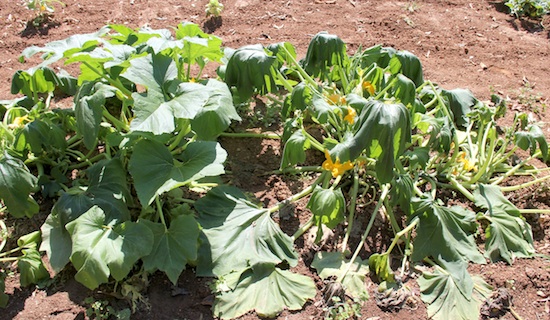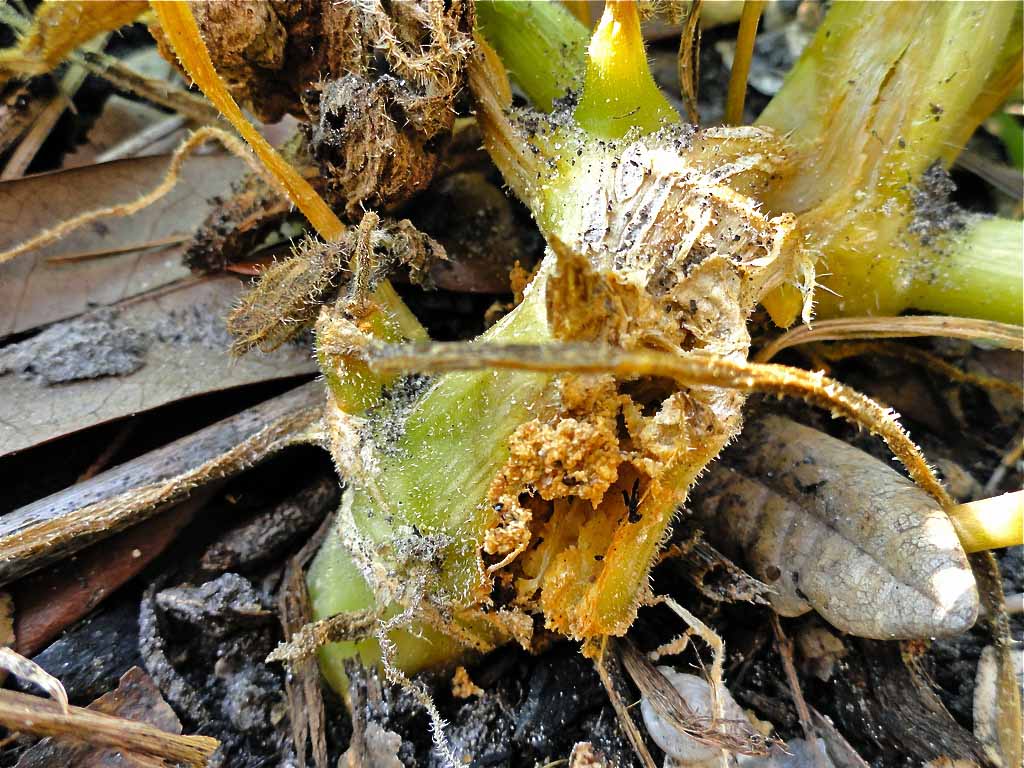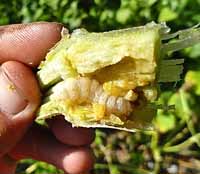To most Southern gardeners, fried yellow squash or grilled zucchini are staples on the table during the summer. Serving up homegrown winter squash in the fall is worthy of bragging rights.
While normally easy to grow, the endless choice of varieties and numerous garden pests have made growing squash a little more challenging. Squash come in an endless assortment of shapes, sizes and colors. Choosing the right variety can seem daunting. The squash vine borer, a persistent pest, has caused some gardeners to give up on growing squash.
By following these tips from University of Georgia Cooperative Extension, gardeners can grow enough squash to fulfill their culinary cravings and to share their harvest with neighbors.
Summer and winter squash are warm-season crops and should only be planted when soil temperatures reach 60 to 65 degrees Fahrenheit.
reach 60 to 65 degrees Fahrenheit.While summer squash grow somewhat upright in a 3-foot-wide circle, winter squash are vining plants that can sprawl out to a diameter of 12 to 15 feet. Summer squash perform well in raised beds, while winter squash need a larger area in which to expand.
Regardless of which squash you chose, all prefer full sunlight and rich, organic, well-drained soil. Squash thrive in slightly acidic soil with a pH range of 5.8 to 6.8.
Summer squash seeds should be planted in individual mounds 4 feet apart. Plant four to six seeds per mound and, after two leaves appear, thin the plants down to two to three plants per mound. If you’re using transplants, make sure they have two to three mature leaves and a well-developed root system.
Winter squash have a vining nature and need more room. Allow 6 to 8 feet between mounds for plants to spread out. Winter squash require warm soils and can be planted a few weeks after summer squash have been sown.
After the seeds germinate, apply organic mulch, such as grass clippings, straw or newspapers, to control weeds, conserve water and keep the fruit clean.
Newly seeded gardens should be watered lightly each day for the first week to ensure good germination. Established squash require between 1 and 1.5 inches of irrigation per week. Drip irrigation or soaker hoses are the most efficient and healthy way to water plants, as they don’t wet the foliage and open the door to disease. Moisture needs to penetrate 6 to 8 inches deep into the soil. Reduce watering once the fruits ripen to avoid fruit rot.
Squash have both male and female flowers and need bees or other insects for pollination. If insect activity is low, female flowers will likely drop. To avoid this, pollinate the plants using a cotton swab to gather pollen from the male flower and distribute it onto the stigma in the center of the female flower. Female flowers have a small ovary or swelling behind short-stemmed flowers. The male flowers are larger and have longer and thinner stems.
Fertilize squash at planting time, but first get a soil test to find the most accurate fertilizer recommendations. In the absence of a soil test, apply 3 tablespoons of 5-10-15 fertilizer per mound. After the plants begin to flower and small fruits form, side-dress with additional fertilizer according to the soil test recommendations. Organic fertilizers can also be used, and the UGA Cooperative Extension Agricultural & Environmental Services Laboratories offers information on using your soil test to calculate organic fertilizer amounts.
After fertilizing, water the plants thoroughly to help release the nutrients.
Several serious insects, diseases and environmental factors attack summer and winter squash plants. Aphids – small insects found on new stems and on the underside of leaves – cause the leaves to become yellow, crinkled and curled. The insects suck fluids from the plant, leaving a honeydew substance behind. To control aphids, use insecticidal soaps or a strong stream of water to dislodge insects.
Squash bug adults are gray or brown and suck the sap from leaves, making them speckled before they wither and die. They must be controlled while they are immature. To control, pick the bugs by hand or use insecticides.
Squash vine borer is a troublesome pest that begins as an adult that lays eggs in the lower stems of squash plants. Developing larvae tunnel and eat their way into the lower stems, causing plants to wilt and eventually die. Control is difficult, so prevention with a labeled insecticide is the key. If the insect is detected early, it can be carefully cut out with a sharp knife. Soil should then be mounded over the wound to encourage rooting.
For more information on growing vegetables in Georgia, see UGA Extension publications at extension.uga.edu/publications.










